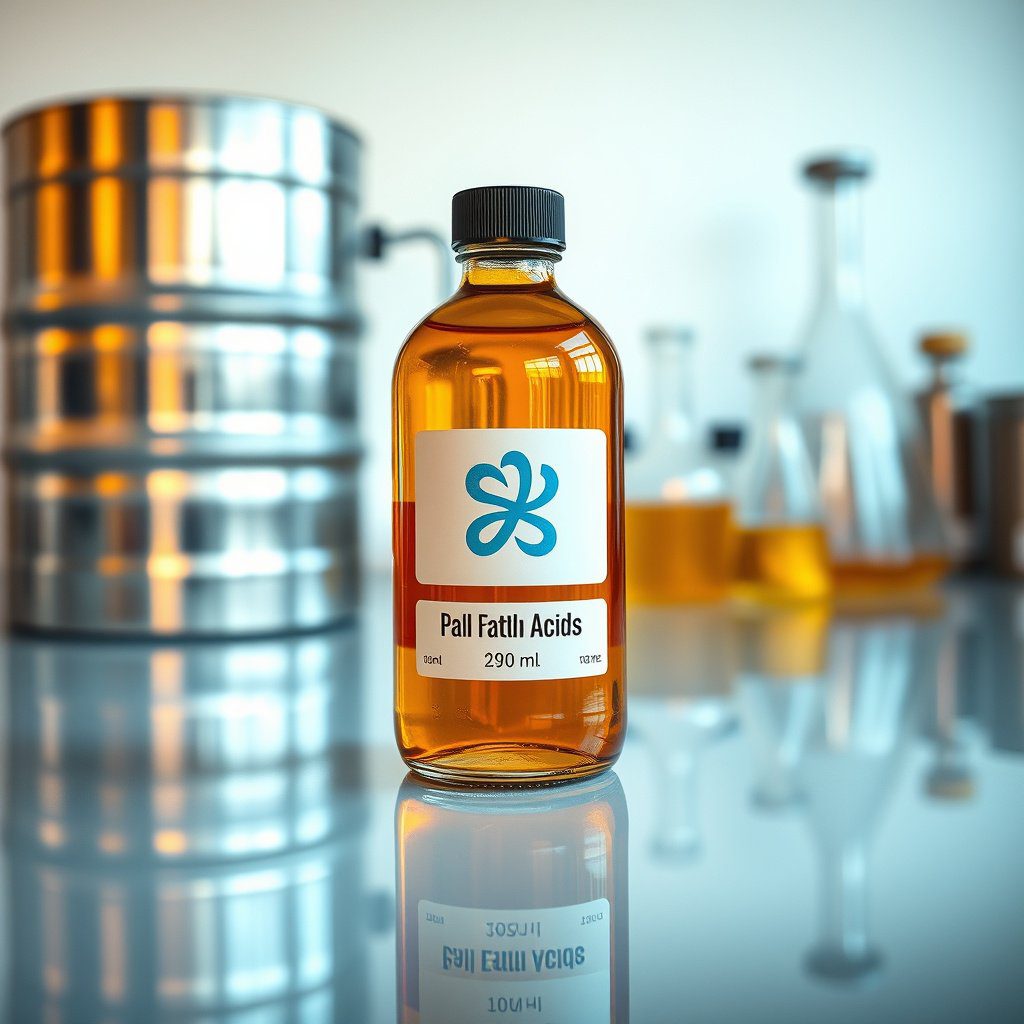What is Diethanolamine?
Diethanolamine (DEA) is a chemical compound that belongs to the class of alkanolamines. It is primarily used in various industrial applications due to its properties as a surfactant, emulsifier, and pH stabilizer. In its pure form, DEA appears as a colorless, viscous liquid with an amine odor. This compound is commonly utilized in the production of personal care products, detergents, and industrial cleaning agents.
Applications of Diethanolamine
The versatility of diethanolamine allows it to be used in a wide range of applications. It is notably effective in gas treatment processes, where it functions as a solvent for removing acid gases such as carbon dioxide and hydrogen sulfide. Additionally, DEA is employed in the formulation of agricultural chemicals, where it acts as a stabilizer in pesticide products. The compound’s ability to enhance the effectiveness of surfactants makes it valuable in the manufacturing of paints and coatings as well.
Importance of Diethanolamine Distribution
The distribution of diethanolamine is a critical aspect of its supply chain. Ensuring that high-quality DEA reaches manufacturers and end-users is essential for maintaining product efficacy. Efficient distribution channels not only minimize lead times but also help in maintaining the integrity of the product during transport. This is particularly important for suppliers aiming to deliver high-purity amines to markets such as the United States.
Distribution Channels for Diethanolamine
Diethanolamine is distributed through various channels, including direct sales, distributors, and online platforms. Each channel has its advantages; direct sales often provide manufacturers with the best pricing and product knowledge, while distributors can offer a wider reach and logistical support. Online platforms have gained popularity, allowing buyers to easily compare prices and suppliers, which enhances competition and transparency in the market.
Factors Influencing Diethanolamine Distribution
Several factors influence the distribution of diethanolamine, including regulatory compliance, market demand, and transportation logistics. Suppliers must adhere to strict regulations governing the handling and transport of chemicals to ensure safety and environmental protection. Additionally, fluctuations in demand can impact inventory levels and distribution strategies, requiring suppliers to remain agile in their operations.
Quality Assurance in Diethanolamine Distribution
Quality assurance is paramount in the distribution of diethanolamine, as impurities can significantly affect its performance in industrial applications. Suppliers often implement stringent quality control measures to ensure that DEA meets industry standards. This involves regular testing and certification of purity levels, particularly for high-purity grades of diethanolamine, which are essential for sensitive applications.
Exporting Diethanolamine to the U.S.
Exporting diethanolamine to the United States requires a thorough understanding of both U.S. regulations and the market landscape. Suppliers must navigate various compliance requirements, including proper labeling, documentation, and safety data sheets. Establishing relationships with U.S. importers and distributors can also facilitate smoother entry into the market, enhancing the supplier’s competitive edge.
Challenges in Diethanolamine Distribution
The distribution of diethanolamine is not without its challenges. Supply chain disruptions, fluctuating raw material costs, and geopolitical factors can impact availability and pricing. Furthermore, maintaining consistent quality across different batches can pose difficulties, necessitating robust quality management practices. Addressing these challenges is crucial for suppliers aiming to build a reputation for reliability and excellence.
Future Trends in Diethanolamine Distribution
As industries continue to evolve, the distribution of diethanolamine is likely to be influenced by emerging trends such as sustainability and digital transformation. Increasing demand for eco-friendly products may drive innovation in the formulation of amines, while advancements in technology could streamline distribution processes. Suppliers who adapt to these trends will be better positioned to meet the changing needs of the market.


